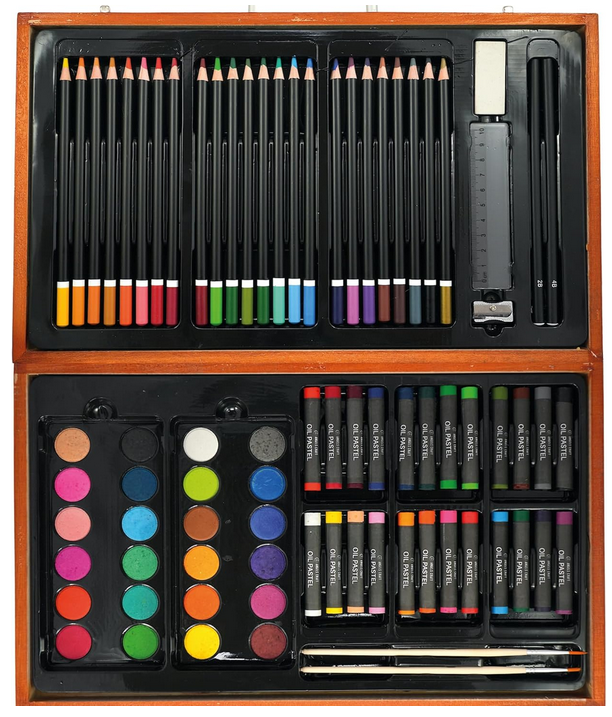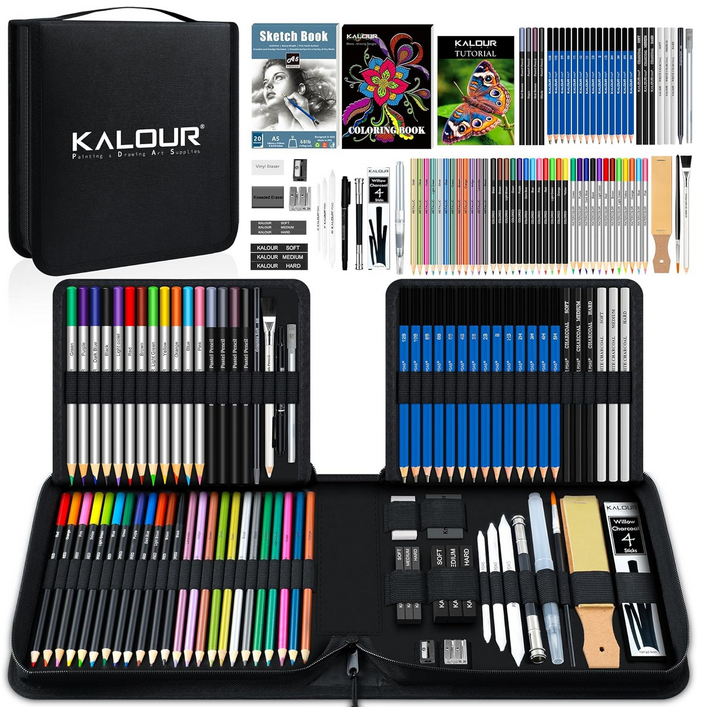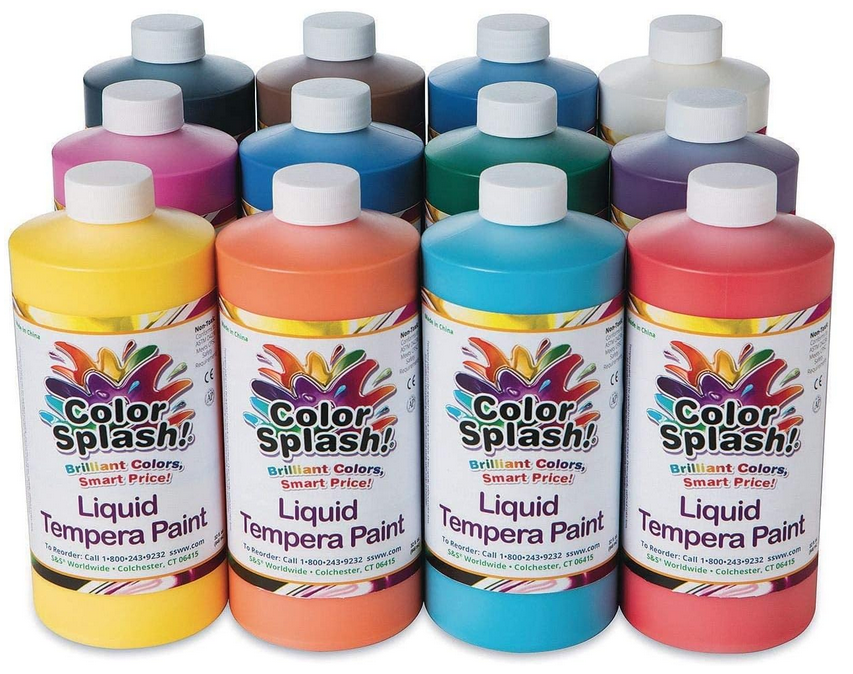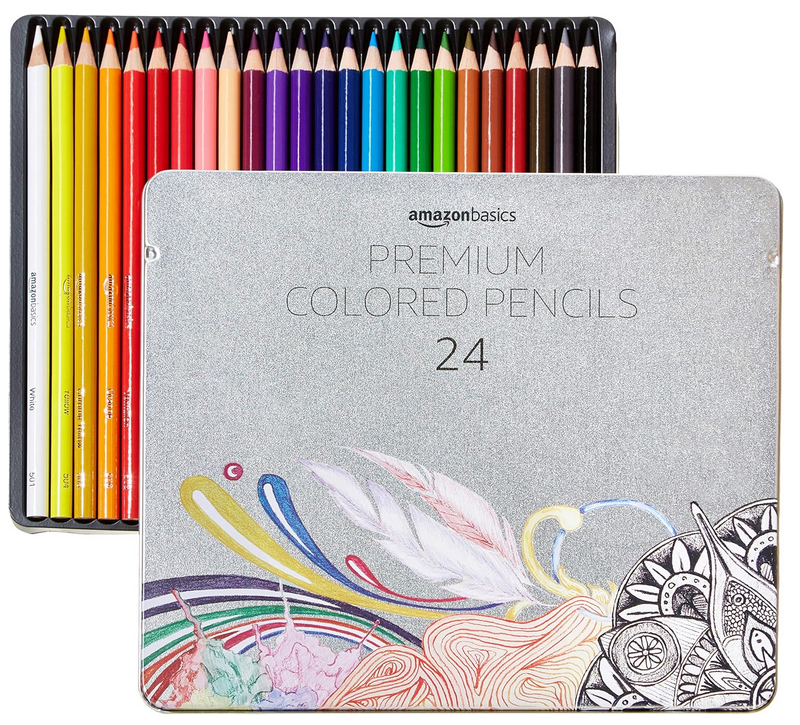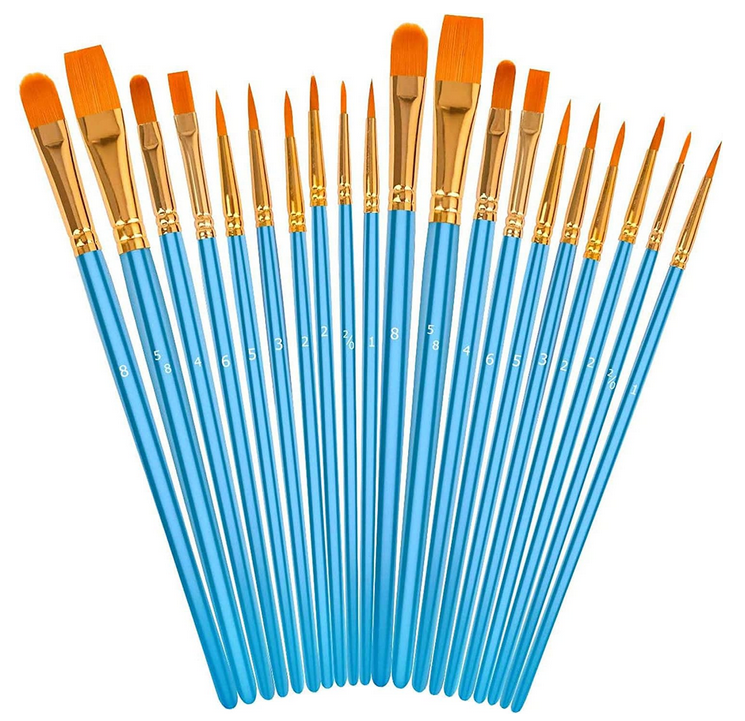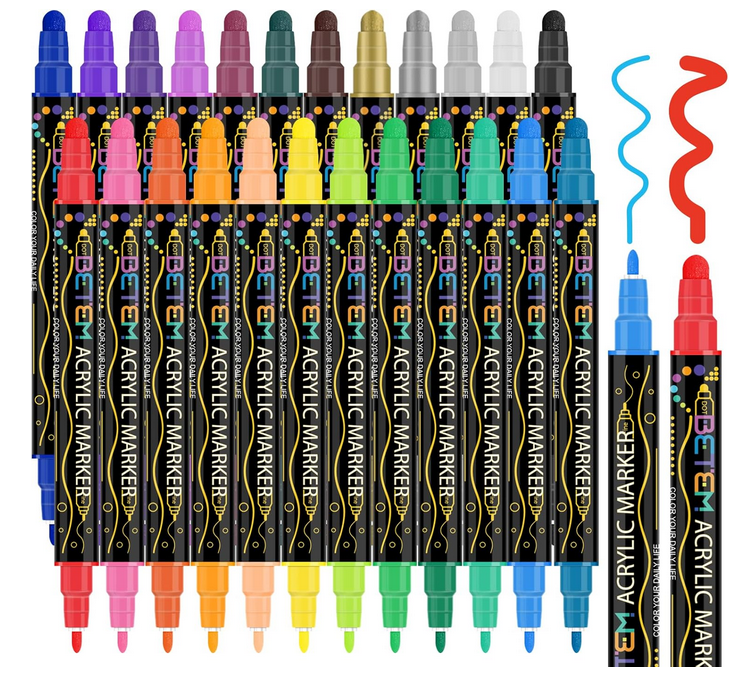Art Lesson Plans & Discussion Topics
Art Classes
This "Art Lesson Plans" web site is intended to be a resource for secondary teachers and students. As I complete more of the art lesson plans pages, I will try to have a fill-in worksheet link on each page for downloading and using in the classroom
Art classes come in a wide variety of names and titles. Here are a few class titles found in public schools:
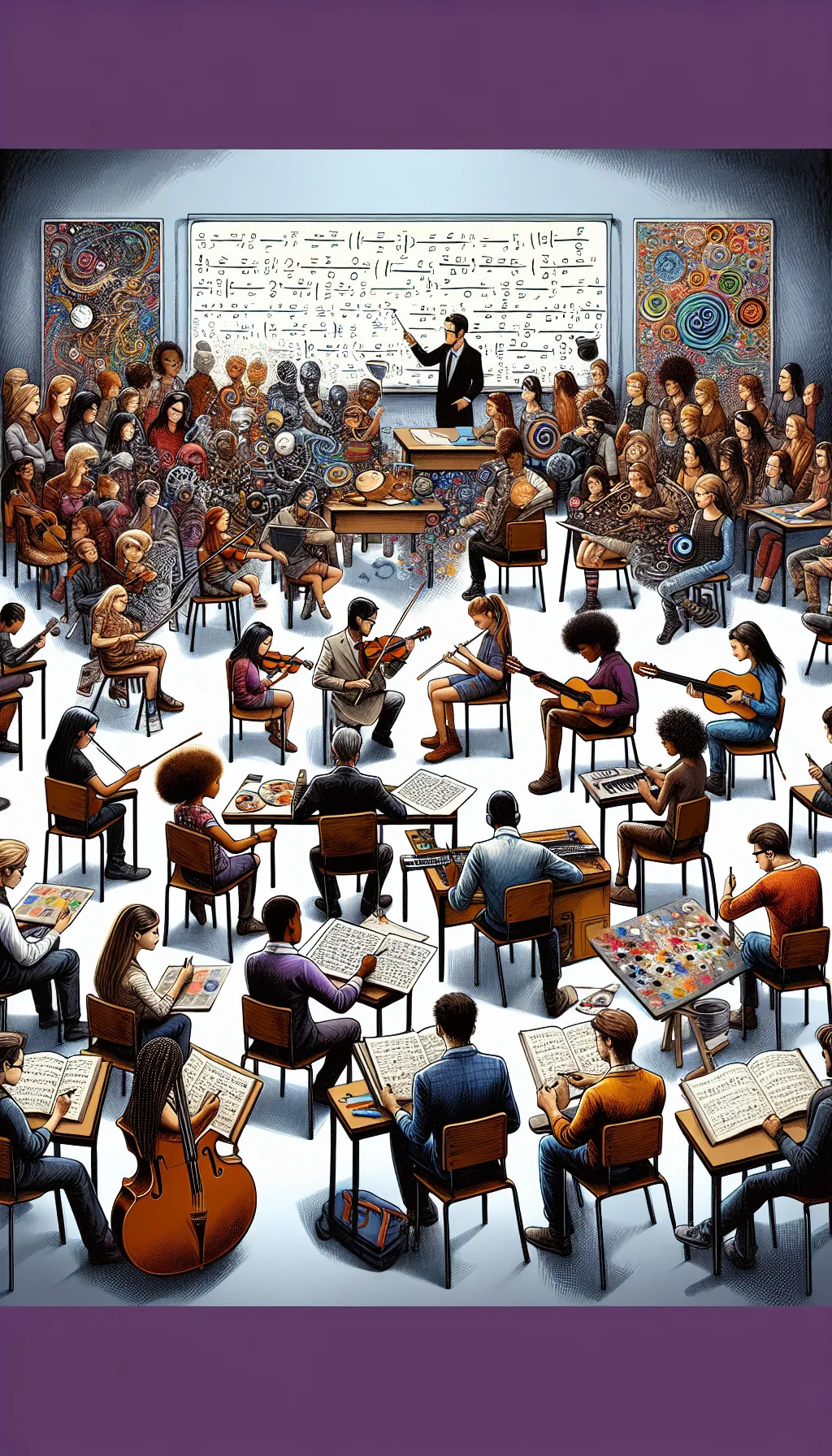
Art in the Classroom

Arts in our schools contribute to the growth of mind. The school's mission is to promote the development of the intellect. Arts play a part in this project.
The arts contribute to academic performance, but art experiences and art production play no part in the rigorous testing that is in public schools nowadays. Yet, the arts are demanding - calling on a student's intellectual and emotive capacity, exploring complexity and subtlety.
Students' exploration of creativity in the classroom can lead to aesthetic experiences, with a mind engaged in the moment of creating his or her own images. Such experiences will bring joy to the classrooms and let students know more about their own talents.
Eisner1 says, "... work in the arts evokes,
refines, and develops thinking in the arts."
We may surmise experience in the arts can have some carryover into other subjects. Nevertheless, the arts may stand on their own as having a distinct meaning and as a distinct form of communication. Art is something we revisit, time and time again, for pleasure and for information.
Seven Signs of Art Intelligence
Teachers in all subjects have the opportunity to access art materials and art approaches to enhance their classroom experiences and show an art perspective on other subjects:
- English - interpretation of literature in painting, for example
- Math - proportion
- Science - anatomy illustration
- History - portraiture and fashion as forms for communicating power
- Phys. Ed. - dance, body-building
Both teacher and student experiences can have artistic or aesthetic qualities. Therein, students' efforts become increasingly more complex, perceptive, creative and skilled - no mean feat.

- Musicians may posses a skill independent of other capacities, perceiving and producing music through innate ability.
- Dancers have bodily-kinesthetic knowledge. The ability to use one's body to express emotion is a cognitive expression.
- Mathematicians take advantage of scientific thinking. They also must rely on problem solving skills and intuition, arriving at a solution to a problem while the solution is still invisible. This is an example of a nonverbal kind of intelligence (Gardner2). Doesn't this sound like an artist at work?
- Poets use linguistic intelligence to artfully express their ideas through the written language.
- Artists use spatial problem skills for solving visual space problems in composition - in paintings for example.
- Teachers may rely on interpersonal intelligence, which builds on a core capacity to notice distinctions among others. Teachers are called upon to conduct the orchestra of their classrooms on a daily basis.
- Students with a good, viable model of himself and herself may have established their positive identity through art experiences. "The arts are among the resources through which individuals recreate themselves." (Eisner1)
Eisner1: "... the kind of deliberately designed tasks students are offered in school help define the kind of thinking they will learn to do. The kind of thinking students learn to do will influence what they come to know and the kind of cognitive skills they acquire."
Versions of Arts Education
The aims of art education are not set in stone. The approach ot art education is also myriad, as listed:
- DBAE - discipline based art education
- Visual Culture
- Creative Problemsolving (Bauhaus)
- Creative Self-Expression
- Arts Education as preparation for the world of work
- Arts and Cognitive development
- Using the arts to promote academic performance
- Integrated arts
- Principles to guide practice:
- what is distinctive about the arts - this is its value;
- human intelligence takes many forms, including in those whose proclivity is for art;
- art classes should strive to make students "literate" in the arts and grasp the role of art in their culture.
- art classes should help students validate what is unique about themselves as expressed in their artwork.
- art education should help students access aesthetic experiences as they move through their world.
Eisner says ...
In his book on art education Elliot Eisner1 lists thirteen issues for the art classroom:
- Meaning is not limited to what words can express.
- Judgments about qualitative relationships depend upon somatic knowledge or "rightness of fit."
- Aesthetic qualities are not restricted to the arts; their presence depends upon how we choose to experience the world.
- Artistic activity is a form of inquiry that depends on qualitative forms of intelligence.
- There is more that one legitimate educational agenda for arts education.
- The artistic development of the individual is not an automatic consequence of maturation.
- The arts should be justified in education primarily in relation to their distinctive or unique educational contributions.
- The sources of learning when working in the arts are multiple.
- Among all the fields of study in our schools, the arts are at the forefront in the celebration of diversity, individuality, and surprise.
- The arts teach its practitioners to think within the constraints and affordances of a material.
- Evaluation and assessment should be regarded as educational resources, practices that help improve the educational process.
- The process of representation stabilizes ideas and images , makes the editing process possible, provides the means for sharing meaning, and creates the occasion for discovery.
- The possibilities for growth in and through the arts cease only when we do.
1Eisner, Elliot - The Arts and the Creation of Mind, 2002
2Gardner, Howard - Multiple Intelligences, 1993
... on this web site visitors should find fill-in worksheet links. These worksheets should reinforce art vocabulary and support English Learners.
Is "art-smart" a thing?
Is "art-smart" a podcast?
Okay, so now I've put on some ads from Amazon - from which I may earn a few cents. (2025)
